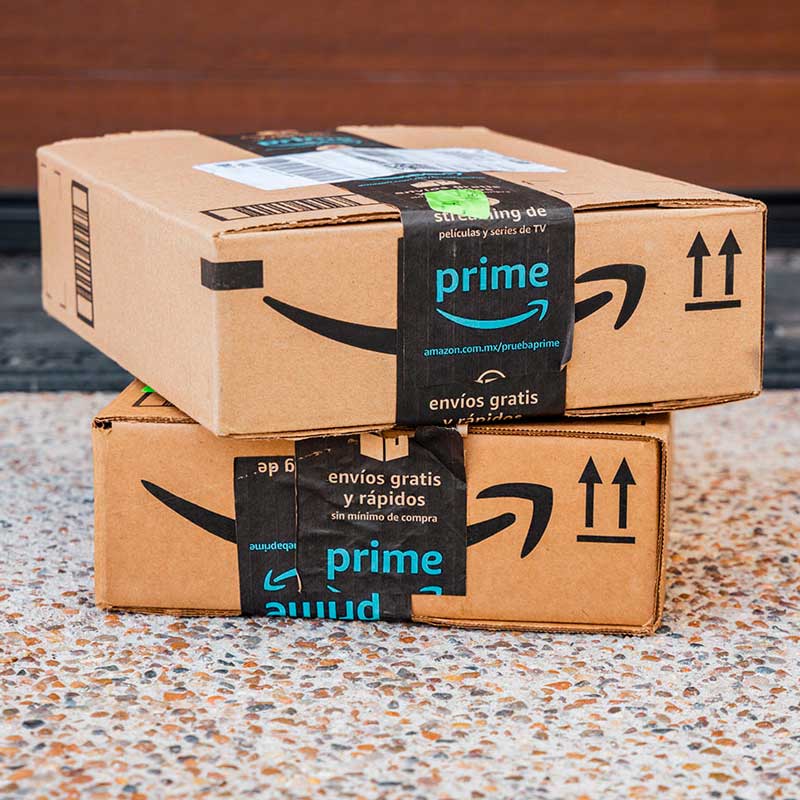SFP: The Power of Prime, Seller-Fulfilled
Increase your average sales by 50% by shipping your products to Amazon PRIME customers with the SFP shipping method.

What is Seller Fulfilled Prime (SFP)?
According to Amazon, “Seller Fulfilled Prime is a Prime program that allows you to ship directly from your own warehouses to Prime customers.”
It is Amazon’s fulfillment program that allows third-party sellers to ship Prime items directly to customers from their own warehouses within two days if they meet Amazon Seller Fulfilled Prime requirements.
Membership in the SFP program benefits seller listings by increasing visibility and allowing the Prime badge to be displayed.
Choose between FBA programs (Fulfillment by Amazon) and the SFP (Seller Fulfilled Prime)
Fulfillment and Seller Fulfilled are programs aimed primarily at Amazon Prime customers, a very select club that offers certain purchasing benefits (free shipping or, better yet, discounts) and access to multimedia content completely free of charge.
FBA - Fulfillment by Amazon
For merchants with smaller items that do not require special packaging, FBA is a better option. On the other hand, sellers lose control of their business and brand when they relinquish inventory and shipping to Amazon.
Customers may receive damaged or undelivered products when they order through FBA. In addition, FBA’s fees for warehousing inventory (among other items) can be quite substantial, and Amazon will charge you more if your inventory turnover is slow or if you need to remove stock from your warehouse.
SFP - Seller Fulfilled Prime
While in the FBA program the logistics are handled by Amazon, in the case of SFP it is the opposite, as it is the seller himself who is in charge of managing the logistics of his shipments.
Top sellers can increase their sales just because their products qualify for free two-day shipping (PRIME). This increase in sales makes it worthwhile to sign up for Seller Fulfilled Prime. Thanks to the partnership with Amazon, you can also use express delivery at a 60% discount. SFP offers several return options in addition to the Amazon customer service that backs them up.
Amazon Fulfillment by Amazon (FBA) is best for small sellers who are just starting out or want to stay small, while Seller Fulfilled Prime (SFP) is best for experienced online sellers with multiple sales channels.
Advantages of Seller Fulfilled Prime
Although the SFP requires more logistical responsibility versus the FBA which allows Amazon to handle the warehousing and shipping of orders. The SFP program presents numerous advantages to increase sales thanks to purchases made on Amazon Prime.
Increase your sales and profits with the PRIME Logo.
The Prime emblem will be added to sellers’ listings once the trial period is over. This gives your products more exposure to regular Amazon consumers and Prime members, as well as indicating that the seller is reputable and has high quality products.
Use Amazon's customer service.
Sellers and their customers will have access to Amazon’s 24/7 after-sales support as part of Amazon’s Seller Fulfilled Prime program. Customers will be able to track their orders, return items and get refunds through this service.
Cheaper than FBA
FBA shipping, handling and warehousing costs, which are sometimes perceived as expensive, can be eliminated with Amazon Seller Fulfilled Prime. Previously, the only option to achieve “Prime status” was to fulfill orders through FBA, which led to a loss of profit for businesses.
More control and options than FBA
Because it’s in your hands, not Amazon’s, Amazon Seller Fulfilled Prime gives you additional opportunities to promote your brand. This means less Amazon branding on your packages, greater product control and direct inventory visibility from your own warehouse, all while retaining Prime status.
SFP - Seller Fulfilled Prime
Standing out on Amazon can be difficult, but SFP and FBA are two solutions that might make it a little easier. Choosing between Fulfillment by Amazon and Seller Fulfilled Prime can be difficult because both have advantages and disadvantages, but the ideal option depends on your products and how you want to run your business.

